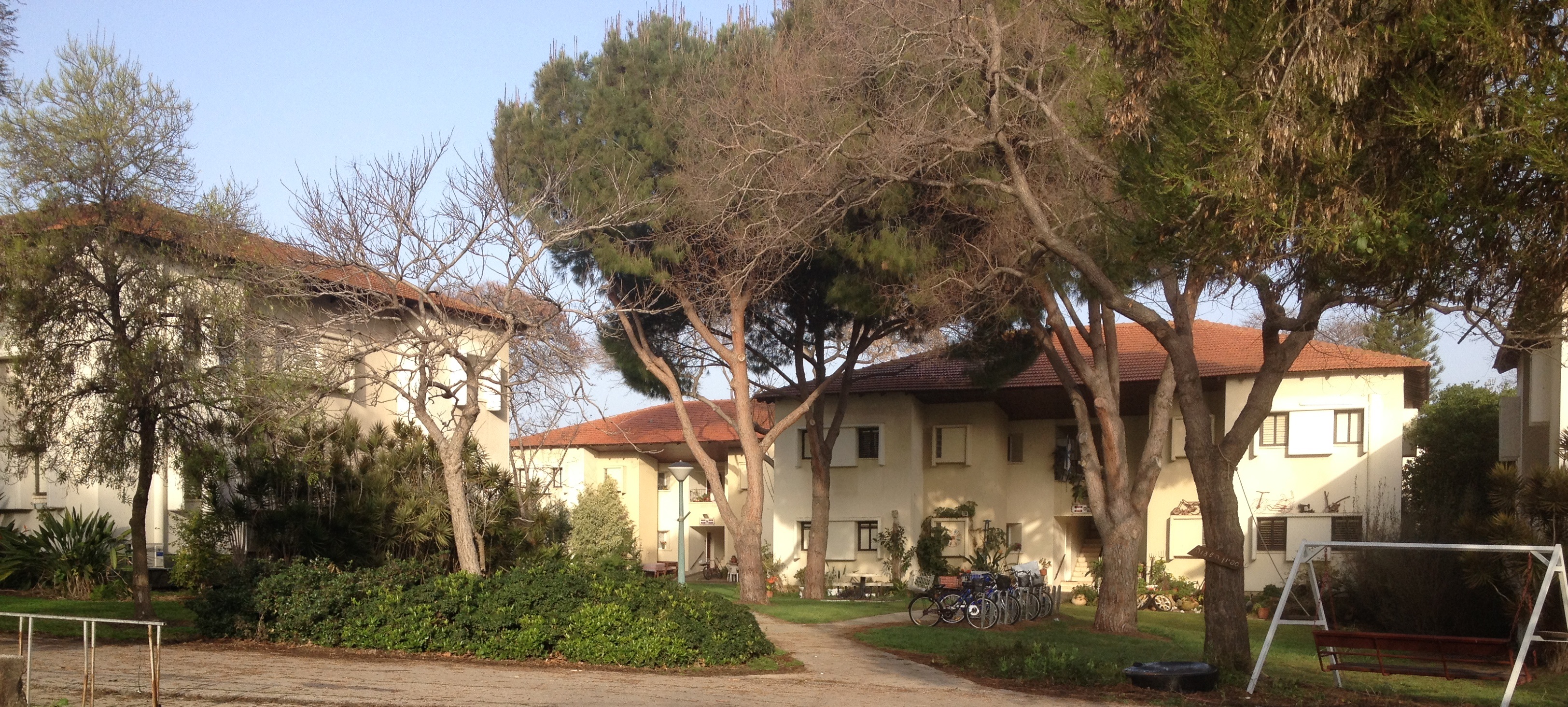
The roles played by Model Three change agents are as varied as those of the Model Two practitioner: negotiator, trainer, facilitator, and, less frequently, diagnostician, expert and judge. Whereas the Model One and Two practitioners must have access to power, the Model Three practitioner must have superior interpersonal skills and be knowledgeable about change principles and strategies. The effective Model Three change agent will know a client system intimately and can identify the points of leverage for change in this system as well as the resources that are to be employed in sustaining change once it has been initiated. While planning for a specific change, one must not only plan for a specific change, he or she must also plan for “unfreezing” the client system, so that it will be open to change and must help “re-freeze” the system so that it will maintain the change that has been enacted. Most change agents make use of a common set of strategies in the initiation and maintenance of such change.
Model IV Consultation
Some practitioners believe that the client system should play a central and independent role in any developmental effort. Models One, Two and Three can limit the freedom of the client, make the client dependent on the practitioner, and place the practitioner rather than the client at the center of the developmental work. Model One, Two and Three practitioners begin with the assumption (often expressed by the client) that change (usually Level One) is required of the client organization. Model Four practitioners do not begin with this assumption, believing that such an assumption biases the subsequent perceptions of both the practitioner and client, limits the number of options available to the client, and diminishes the client’s ownership of both the problem and its solution.








